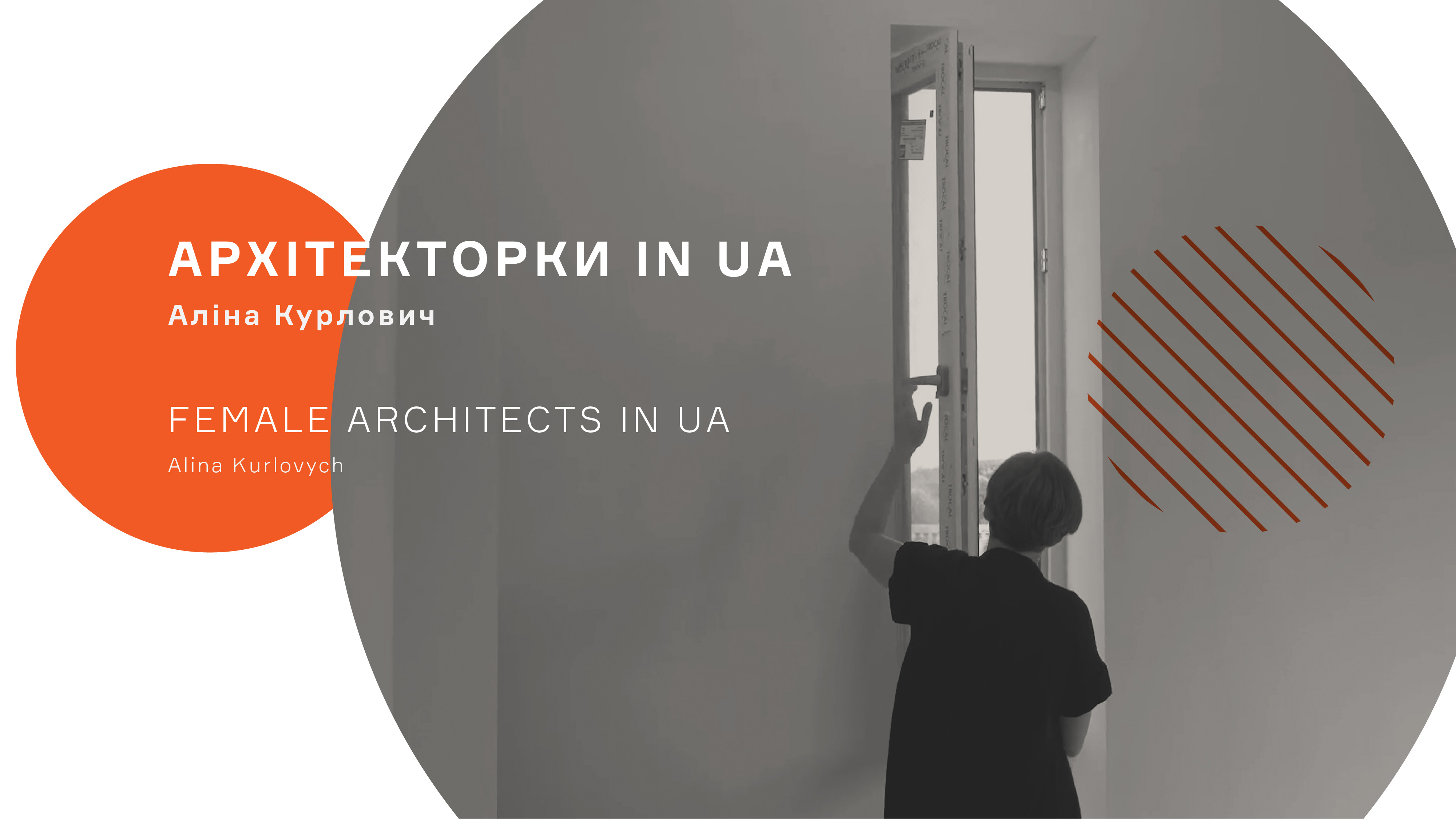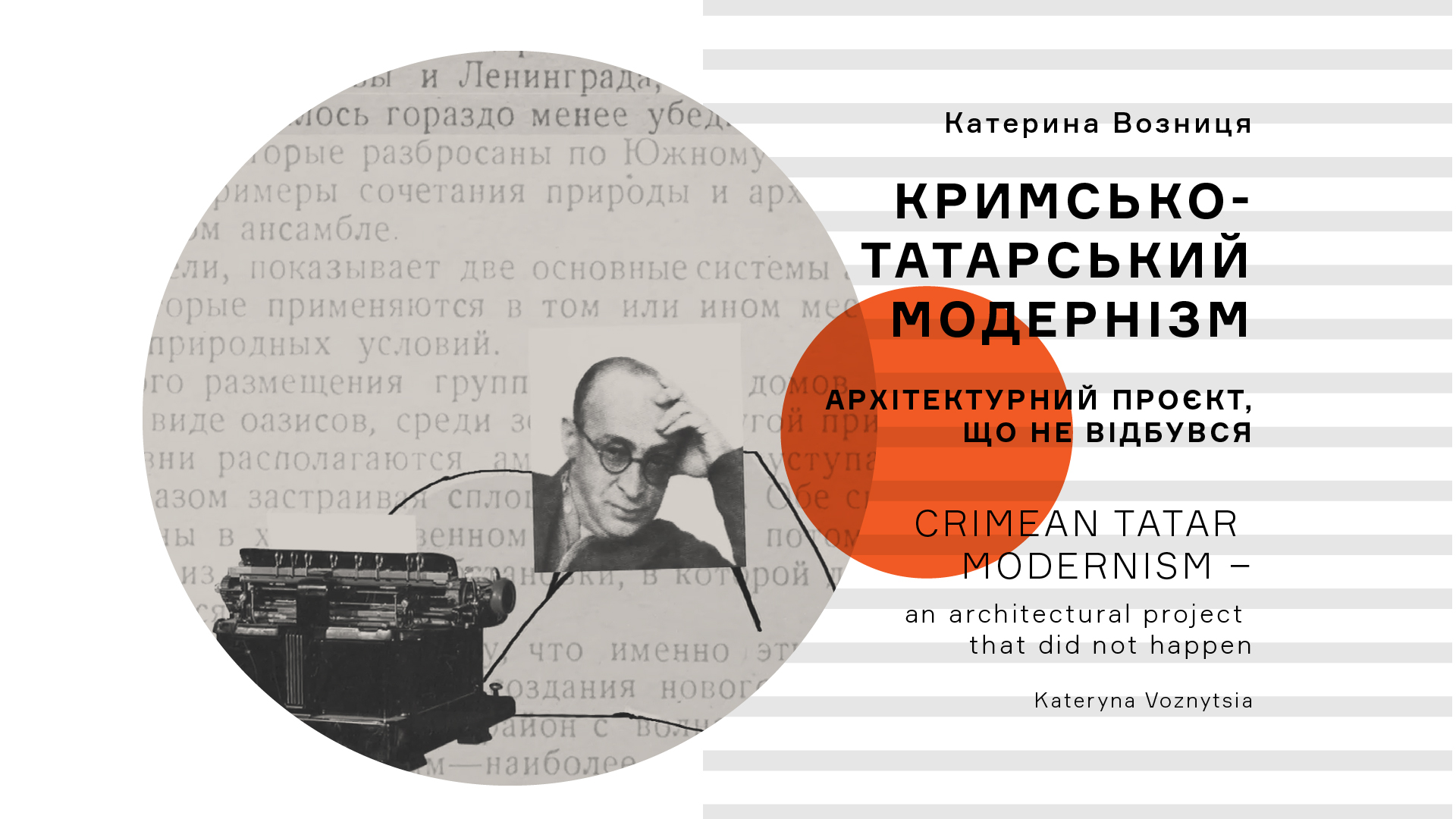As early as in the third century, people who strived to living ascetically moved to the deserts of Egypt, Syria and Palestine. In our territories hermit monks who lived in caves were known. They exercised self-denial of rest, food and clothing for the sake of one thing: love of God. Having renounced all connections and responsibilities, the monks worked hard to support themselves and they gathered to pray at the nearest church every Sunday and on holidays. Along with growth of the monks number, another form of ascetic life emerged – communal or monastic life, when the monks lived next to each other and their lives were regulated by a higher authority – the abbot. On the territory of Ukraine the cave temples were the most widespread, they originated from caves where hermit monks had lived. The abbots of the monasteries summed up the experience of ascetics generations and drew up the rules of community life, taking into account local circumstances. The extent of monks getting in contact with the society depended on their status. However, to a certain degree, they always cooperated with the population surrounding the monastery. In addition, within the religious communities some educational centers were often formed, in which secular people got involved, and this way knowledge was spread. Let us say, in the Austrian Empire, community monks who did not actively interact with the society were subject to cassation in the eighteenth century.
Monasteries were aimed to remind of the Kingdom of God to those on the Earth, and monks were likened to angels with their way of living and doing. The place where a monastery was build considered sacred, therefore religious buildings were often erected on some hills, in the woods, near springs or on the outskirts of towns and villages. Less often they were found in the suburbs or downtown. In the primary stages of a monastery forming it was fenced off, separating the logging from the outer world. The main temple was the center of holiness, around which some space with multifunctional buildings was arranged; those were residential, educational, public or utility premises together with fruit and ornamental gardens and orchards. The purpose of a garden was both entirely pragmatic and religious – it was used to grow vegetables and fruit for the monks’ own needs as well as to read and pray there. An important element of the monastery was the bell tower, which was located separately to the West of the temple or placed above the entrance gate. Together they formed an ensemble being organically combined with the landscape around it. Later, some printing houses, schools, libraries, icon-painting studios appeared on the territories of the monasteries, and workshops and warehouses arose in the utility yard.
Lviv, which has always been a multicultural city, got famous for its large number of monasteries, which were located in its outskirts and were used for defense along with the city walls.
After the great fire in 1527, Lviv began being rebuilt in accordance with the threads of a new European trend – the Renaissance. The revival of the city coincided with the revival of faith in a man, who became the center of life and art. This period of time was marked by economic, cultural and educational exchange with Italian cities, in particular, some artists from Italy were arriving to Lviv designing the city after the new canons. It was during this period that Eastern and Western cultures were closely intertwined here. Poets praised Lviv as "Galician Florence", and since the city lay on seven hills, they compared it to Rome. In the 16th century, eight architects from Italy became citizens of Lviv and remained to work here. As a result of their activity, among other things, numerous monastic complexes were constructed.
Onufriyivsky Monastery is one of the oldest Renaissance buildings preserved in Lviv. The history of its foundation is connected with the ancient Russia period. However, its remained buildings were erected a little later. Above the church’s main entrance portal the year of 1518 is carved. The bell tower, which was also the main entrance to the monastery complex, dates from 1554. Here Ivan Fedorovich founded a printing house, where Apostol and Bukvar (ABC book) were published. His burial can be seen inside the temple.
At the beginning of the 18th century, after the changing of Lviv Stauropegion into the union and to patriarchal jurisdiction of Rome, the monastery became Basilian. Pastoral, preaching, educational, publishing, icon-painting, scientific and literary activities were carried out here. It was at religious institutions that they constructed gymnasiums for their own brothers, seminaries for diocesan priests, colleges for young people, and parish schools like the Jesuits for impoverished nobles. Father Cornelius formulated their motto as follows: “An educated monk is an educated bishop; an educated bishop is an educated parish; an educated parish is educated people”. Thus, the main task of monasticism was to improve society through education and, consequently, through book publishing. No wonder their coat of arms depicted a pillar of fire, the flame of love, which was a symbol of constant service to God and to their neighbor. The Basilians tried to unite Eastern and Western traditions – isolation and openness to a society where an ideal order, similar to the angelic one, prevails inside the church while being inaccessible in real life.
The monastery existed until 1946 and it was liquidated by the Soviet power. In its premises the Museum of Ethnography and Art Crafts was placed. In 1989, it was given back to the Basilians, which today is the largest male community in western Ukraine.
Every Basilian is called to apostolic activity, which is carried out through preaching and catechesis (science) for children, youth and pre-married couples. Monastic temples are permanent places of pilgrimage and solemn services. An additional area of their work is chaplaincy in hospitals, educational institutions, penal colonies and similar activity. They perform publishing with their own publishing house "Missionary" and Zhovkva printing house, which specializes in religious and philosophical literature. Basilians work at the Pontifical College of St. Jehoshaphat (Rome), the Theological Academy of Uzhhorod (Transcarpathia), the Ukrainian Catholic University (Lviv), the College of Patriarch Mstislav (Kharkiv) and other educational institutions.
The Benedictine complex, founded in 1593 in Lviv, is one of the oldest nunneries surviving in the area. The nuns concluded their own rather strict statute on the basis of the statute of St. Benedict. The saint asserted: “Monks and nuns should seek obedience rather than complete austerity”. According to this, the nuns could not go out beyond the walls of the monastery. They communicated with the outer world with a help from the people who lived in the monastery territory, but were not monks.
The complex was built as a defensive one, therefore it was located outside the city. There was even a moat under the high monastery walls. Chunky walls with “defensive” niches of windows brightly vary the portals of white stone. Of particular note is the tower, which appeared a little later. The carvings and attics that adorn its upper part clearly indicate the stylistic affiliation of the building: it is one of the most prominent examples of the Renaissance in the city. Cells adjoin the south-eastern part. Once, as in the days of the monastery of St. Onuphrius, there used to be a large garden here, it stood on the slopes of Castle Hill. However, when the Soviet government came, a school was built on its territory.
In the 18th century, after the annexation of Galicia by the Austrian Empire, a school for girls was opened at the monastery, which saved it from cassation. However, the evolution of the religious institution came to a halt with the outbreak of World War II. Under Soviet rule, the nuns were forced to move to Kreszów, Poland. A warehouse was set up in the church, and a music and pedagogic school was opened in the monastery.
Only in 1993 did the monastery complex return to religious practice. The Benedictine sisters were replaced by students. Today about 30 nuns live here. Their statute is very similar to the statute of the Benedictine nuns, but they can go out beyond the monastery walls. The students have continued the educational traditions of the former Benedictine monastery. Today the secondary school of St. Sophia works here. Most of the sisters have higher education, work in workshops, perform translation work, and provide treatment in the hospital of Metropolitan Sheptytsky.
History has a tendency to repeat itself. In particular, nowadays the architect Mario Botta, who comes from the lands of the former creators of the Renaissance Lviv, has been invited to Lviv. This master designed the monastery for the Orion community. They paved the way to Ukraine in 2001 to continue the hereditary traditions of building monastery complexes. The local vision was based on the literal preservation of historical traditions in architecture. And the Orionist monastery complex impresses with its simplicity, atypicality, symbolic appeal to the Italian Renaissance, without its literal reproduction though. Its main objects are a chapel, a monastery, a temple and a multifunctional building.
What is the reason for such architectural style? Does it mean that Lviv remains in a sense the border of Old Europe for Orionists? The rethought cathedral of Santa Maria del Fiore, seems to have been transferred to the emerald lawn, which reminds us of Lviv as of Galician Florence. Or perhaps the architect quoted here St. Peter's Cathedral in Rome, as once Lviv was called Rome, but not quoted in full, as only the upper part is shown.
The main temple is created in the form of a dome, symbolizing infinity. Its monumentality and conciseness help to arouse the need for infinity, the desire to fly thoughts beyond the finite. The shape is created by ten polygonal segments that rise to the top, where the ring collects the energy of the ribs and ends with light at the zenith. Although Botta himself does not turn to such sophisticated descriptions by calling the temple tenderly “a citrus squeezer”. He appeals to all recognizable signs and to a sense of modernity, pointing out to the “archaic nature of the new”. The most expressive modern way of representation has always been nourished by the past, whilst memory makes up an integral condition of the existence of the present.
Father Egidio Montanari commented on the church in such words: “It is a beautiful laconic complex. I generally like straight lines more than curves: the beauty appears where everything is simple and clear. And similarly the policy of the Orionists towards the people who come to them is just as direct and open”.
History has a tendency to repeat itself. In particular, on December 7, 1939, Father Orione wrote a letter to architect Mario Bachchokki, who was working on the Cottolengo Small Shelter project in Milan: “This house, being built for our most dispossessed brothers, should be a modest one, but this modesty should be joyful and peaceful”. The same situation repeated in Lviv many years later. Thus, for the Orionists, the main thing has always been not the splendor of the forms, but the convenience and simplicity of the building. They aimed at three main issues: the plot of land had to be large enough to build everything necessary there; the complex was to be located near people's homes so that they could be better served; the construction site had to be located at a distance from other churches not to disturb anyone.
Today, Orionists in Lviv take care of young people, the poor and the disabled. Summer camps are arranged for young people. Every Saturday those in need are provided with food, clothing and assistance at the chapel. Eight disabled boys live and work at the monastery. It is quite possible that this represents a new start for the development of the traditions of monasteries in Lviv and the renaissance of the city.

































